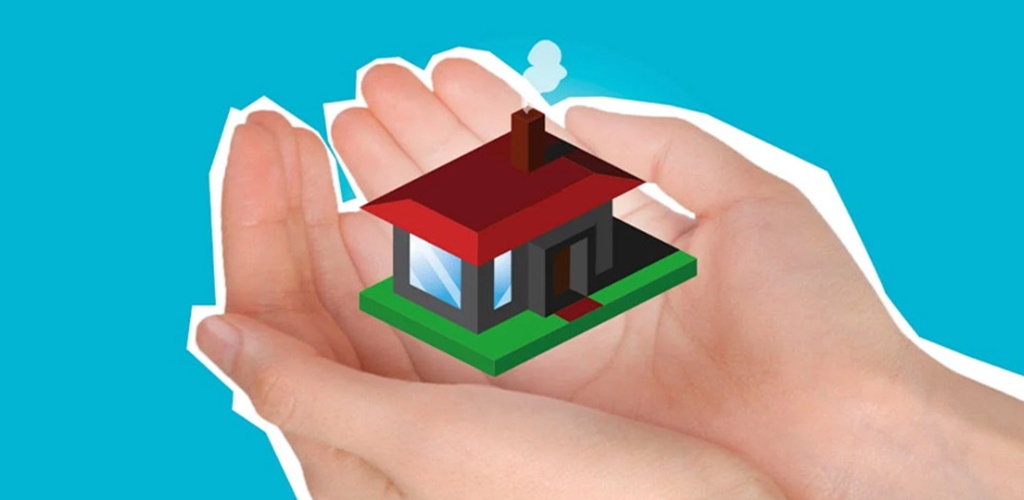Home Insurance
Home Insurance: Your Ultimate Guide to Protecting Your Home
Home is where the heart is, and protecting it should be a top priority. That’s where home insurance comes in. Imagine facing a sudden disaster—whether it’s a fire, theft, or natural calamity—without any safety net. Scary, right? Home insurance ensures you’re not left in the lurch, offering peace of mind and financial protection when you need it most.
Understanding Home Insurance
Definition and Purpose
Home insurance, also known as homeowners insurance, is a type of property insurance that covers losses and damages to an individual’s house and assets in the home. It provides liability coverage against accidents in the home or on the property.
Types of Home Insurance Policies
There are several types of home insurance policies tailored to meet different needs:
- Basic Form – Covers a limited number of perils.
- Broad Form – Provides broader coverage for a wider range of perils.
- Special Form – The most common policy, covering all perils except those specifically excluded.
- Tenant’s Form – For renters, covering personal property and liability.
- Comprehensive Form – Offers extensive coverage for both the home and personal belongings.
- Condo Form – Designed for condominium owners.
- Mobile Home Form – Tailored for mobile homes.
- Older Home Form – For older homes, with coverage for actual cash value rather than replacement cost.

Components of Home Insurance
Structure Protection
This covers the physical structure of your home, including the walls, roof, and built-in appliances. In case of damage from covered perils, your insurer will pay for repairs or rebuilding.
Personal Belongings Coverage
This includes coverage for your personal items such as furniture, electronics, and clothing. If these items are damaged, destroyed, or stolen, your policy will help cover the cost of replacement.
Liability Protection
Liability coverage protects you against lawsuits for bodily injury or property damage that you, your family members, or your pets cause to others. It also covers legal fees and medical payments.
Additional Living Expenses (ALE)
If your home becomes uninhabitable due to a covered peril, ALE covers the extra costs of living away from home, such as hotel bills, restaurant meals, and other living expenses.
Factors Affecting Home Insurance Premiums
Location
Where your home is located significantly impacts your insurance premiums. Homes in areas prone to natural disasters like floods or earthquakes usually have higher premiums.
Home’s Age and Condition
Older homes or homes in poor condition may cost more to insure due to higher risks of damage.
Coverage Amount and Deductibles
The amount of coverage you choose and your deductible amount directly affect your premium. Higher coverage and lower deductibles result in higher premiums.
Claims History
A history of frequent claims can increase your premiums, as insurers see you as a higher risk.
Home Security Systems
Installing security features such as alarms, smoke detectors, and deadbolts can lower your premiums by reducing the risk of theft and damage.
Choosing the Right Home Insurance Policy
Assessing Your Needs
Evaluate the value of your home and belongings to determine the amount of coverage you need. Consider factors like local risks and your financial situation.

Comparing Different Policies
Compare quotes and coverage options from different insurers to find the best policy for your needs. Look at both the premium costs and the extent of coverage.
Reading the Fine Print
Understand the terms and conditions of your policy. Pay attention to exclusions and limitations to know what is and isn’t covered.
Tips for Lowering Home Insurance Costs
Increasing Deductibles
Opting for a higher deductible can lower your premium, but ensure you can afford the out-of-pocket cost in case of a claim.
Bundling Policies
Many insurers offer discounts if you bundle home insurance with other policies like auto or life insurance.
Installing Safety Features
Enhancing your home’s security with features like burglar alarms and fire sprinklers can reduce your insurance costs.
Maintaining a Good Credit Score
A good credit score often translates to lower premiums, as insurers consider you a lower risk.
Common Home Insurance Claims
Water Damage
This is one of the most common claims, covering issues like burst pipes and leaks. Regular maintenance can help prevent such damage.
Fire and Smoke Damage
Fire can cause extensive damage, making this another common and significant claim.
Theft and Vandalism
Home insurance covers the loss or damage of personal belongings due to theft or vandalism.
Natural Disasters
Damage from natural disasters like hurricanes, tornadoes, and earthquakes may require additional coverage, as standard policies often exclude these events.
How to File a Home Insurance Claim
Step-by-Step Process
- Contact your insurer immediately after the incident.
- Document the damage with photos or videos.
- Fill out the necessary claim forms.
- Submit the claim along with any supporting documents.
- Meet with the adjuster sent by your insurer to assess the damage.
Tips for a Successful Claim
- Keep a home inventory of your belongings.
- Provide accurate and complete information.
- Follow up regularly with your insurer.
Myths About Home Insurance
“It Covers All My Belongings”
Not all personal property is covered under standard policies, especially high-value items like jewelry. Consider additional riders for extra protection.
“Flood and Earthquake Coverage Are Standard”
These natural disasters are typically not covered in standard policies and require separate policies or endorsements.
“Market Value Equals Replacement Cost”
Market value includes the land value, which insurance does not cover. Replacement cost focuses on the cost to rebuild your home.
Home Insurance and Natural Disasters
Standard Coverage
Standard policies cover many natural events like fires and hail but often exclude floods and earthquakes.
Additional Coverage Options
For comprehensive protection, consider additional policies for specific disasters common in your area, like flood insurance.

Home Insurance for Renters and Landlords
Renters Insurance
Covers a renter’s personal property and provides liability coverage. It’s essential for protecting belongings and guarding against liabilities.
Landlord Insurance
Designed for property owners who rent out their homes. It covers the structure, liability, and lost rental income if the property becomes uninhabitable.
Reviewing and Updating Your Policy
When and Why to Review
Review your policy annually or after major life events like home renovations or acquiring high-value items.
How to Update Your Coverage
Contact your insurer to adjust your coverage based on your current needs and property value.
Benefits of Having Home Insurance
Peace of Mind
Knowing you’re protected against unexpected events allows you to enjoy your home without constant worry.
Financial Protection
Home insurance safeguards your financial investment, helping you recover from significant losses without substantial out-of-pocket expenses.
Conclusion
Home insurance is not just a safety net; it’s a crucial part of homeownership that provides peace of mind and financial security. By understanding the various aspects of home insurance—from types of policies and coverage options to tips for lowering costs—you can make informed decisions that best protect your home and belongings.




